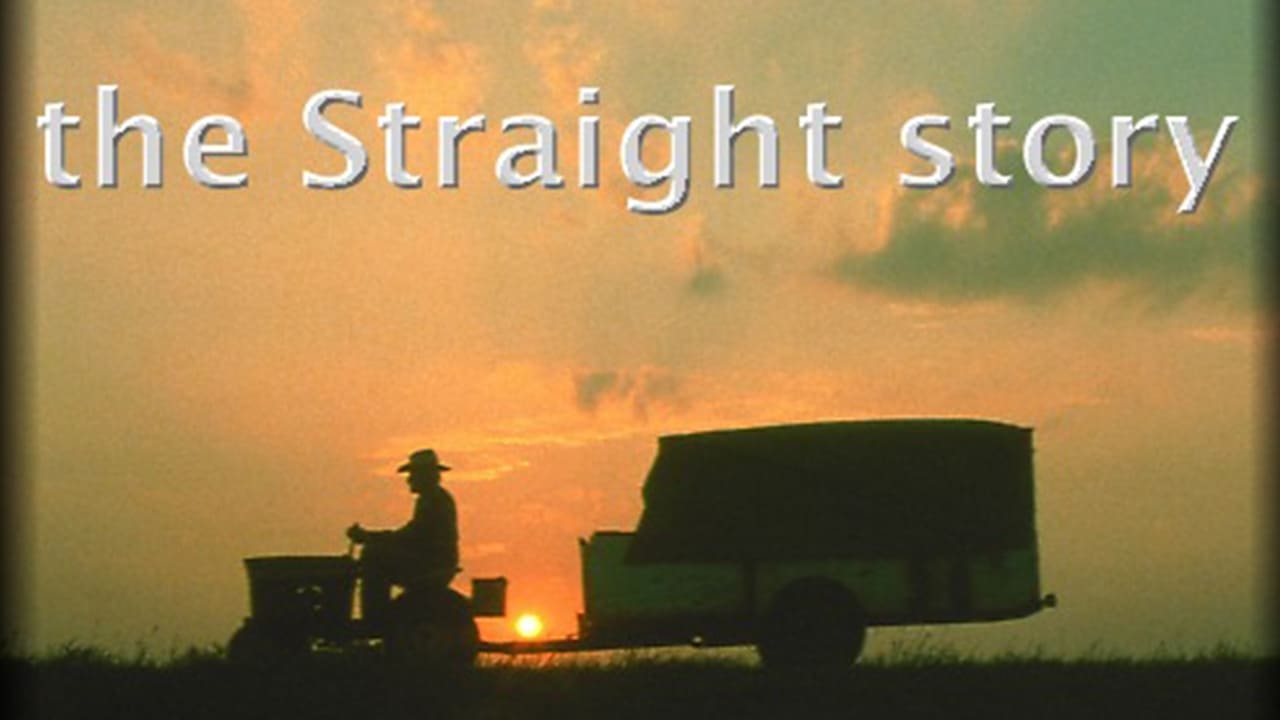After studying art history and philosophy, Nils Emmerichs just earned his PhD — publishing a dissertation about the influence of visual art on GDR (German Democratic Republic) writer Heiner Müller’s work in late 2024.
Before his doctorate, he already worked for various cultural institutions and art galleries — realizing projects with artists such as Michel Majerus, Olaf Nicolai, and Andreas Schulze.
Appreciating his knowledge in history, art, and sociological developments, we are excited to publish this recent conversation with Nils — exploring the social power of art, phenomena of contemporary media, and finally, the question of optimism in today’s world.
VICTOR HELLER: Nils, we have known each other for a long time. You are a keen, holistic observer of current events and the world around us.
What chance does traditional journalism have in our fast-paced, multimedia, and multi-reality world? And what impact can quality journalism still have?
NILS EMMERICHS: Yes, that’s true — we’ve known each other for many years and have been engaged observers of one another throughout different phases and moments. That has left a lasting impact on me, despite the age gap between us, which at first glance is little more than a decade and might not seem particularly significant. But on closer reflection, it carries means a great deal — and in that, I see a key point in answering your question.
I am not a journalist, but I would say I have a good sense of what classical quality journalism should stand for and what defines it.
I have always been fascinated by a thought from Arnold J. Toynbee, who said: A tree weakens as it grows — that is the beginning of its decay. Yet, this dissolution also holds hope — it can at least set free the very elements that collide within our accelerated, multimedia echo chambers. However, this very process has, in part, led to an era of public misdirection — a state that creates immense pressure. This pressure stems from the prevention of experience itself.
Walter Benjamin recognized and described this when he said that the defining feature of World War I was the material battle — which, in turn, became the defining experience. But what struck him was that those who survived it could barely speak about it. The pressure was so overwhelming that it ceased to be an experience at all. Instead, an aesthetic of forgetting established itself.
Today, we are witnessing an increasing complexity and omnipresence — not as pressure, but as a kind of vertigo. This vertigo arises from multi-real spaces that create an illusion of freedom. This is precisely what we are experiencing now. Yet, paradoxically, when we have less grip on things, our perspective both broadens and sharpens.
Journalism must be capable of varying its own parameters, suspending them, when the situation demands. Only then does it remain connected to the concrete, the specific, the tangible — and in that lies its opportunity.
It may sound strange, but the world’s inadequacy — our inadequacy of reality — is ultimately the source of inspiration, whether in journalism or in visual art.
VH: You’re an art historian. You published your doctoral thesis on the influence of visual art on the work of former GDR writer Heiner Müller.
Are art and politics inseparable? Which kind of positive power can art have in shaping social togetherness?
NE: That is an extremely difficult question — one that is nearly impossible to answer definitively, yet, at the same time, an essential one. It seems to me that the most apt way to approach this question is through a quote from Heiner Müller. Early on, he recognized that politics and art cannot simply be placed in parallel and that the problems of the GDR were just as much the problems of the FRG (Federal Republic of Germany) — challenges that spanned across Germany as a whole.
Müller once formulated it this way: “I believe the essential function of art is to question value and thought systems, and, if necessary, to shatter them.” Put simply: the function of art is to make reality impossible. The force that exerts does not necessarily have to be a positive one — importantly, art has always engaged with major conflicts of its time.
While politics primarily deals with what is possible, art operates in the realm of the irrational. However, I’m not sure whether this boundary might have shifted by now — making your question all the more timely and relevant.


